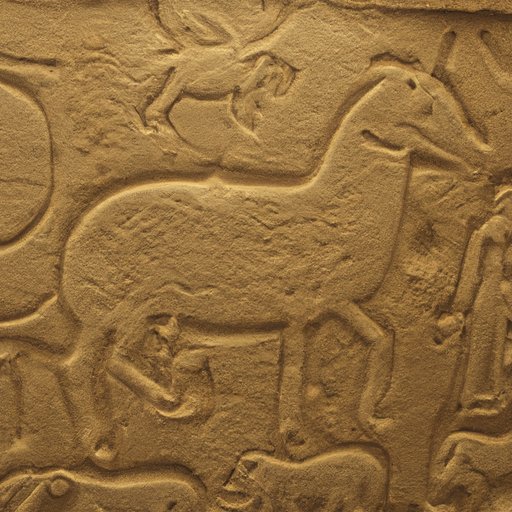Introduction
The definition of art is broad and hotly contested. Generally, art is described as any activity or product made by people with a communicative or aesthetic purpose—something that expresses an idea, an emotion, or visualizes something beautiful. Though art has no single origin or inventor, it has evolved over time through various cultures, traditions, and technological developments. This article will explore who invented art and when, tracing its evolution from ancient to modern times.
A History of Art: Tracing the Evolution from Ancient to Modern Times
When it comes to understanding the origins of art, it’s important to trace its evolution from ancient to modern times. The earliest known form of art are prehistoric cave paintings, which date back to the Stone Age. These works of art were created by early humans in the Paleolithic era between 30,000 and 10,000 BCE, using pigments such as ochre, charcoal, and manganese.
Ancient civilizations such as the Egyptians, Greeks, and Romans also played a key role in the development of art. They produced sculptures, pottery, mosaics, frescos, jewelry, and other artifacts. These works of art often depicted gods and goddesses, animals, and scenes from everyday life. Through the study of these ancient artifacts, we can gain insight into the culture and beliefs of those who created them.
The invention of writing around 3000 BCE in Mesopotamia revolutionized the way that art was created and shared. With written language, stories, myths, and legends could be passed down from generation to generation. This paved the way for more complex forms of art such as literature, music, and theater.
Exploring the Origins of Art: Who Invented It and When?
Though it’s impossible to pinpoint who exactly invented art, it’s clear that it originated in ancient times. Different cultures around the world have their own unique art traditions. For example, the Chinese have a long history of painting, calligraphy, and sculpture. The Japanese have a tradition of woodblock printing, origami, and kabuki theater. The Indigenous peoples of North America have a rich tradition of beadwork, basket weaving, and totem poles.
It’s likely that the invention of art was influenced by many different factors, including religion, politics, environment, and technology. According to Dr. Ellen Dissanayake, an ethologist and author of “What Is Art For?”, art is a universal human behavior that developed as a result of our evolutionary need to make sense of the world. She states, “Art is what makes us human. It is a biological adaptation that helps us survive and thrive.”
How Did Art Evolve Over Time?
Over time, art has evolved into many different forms. During the Renaissance period (14th-17th centuries), artists such as Leonardo da Vinci and Michelangelo created some of the most famous works of art in history. The invention of photography in the 19th century brought about a new form of artistic expression. In the 20th century, the rise of the digital age ushered in a new era of art, with the advent of computer-generated images, virtual reality, and 3D printing.
Technology has also had a major impact on the way that art is created and experienced. Digital tools have made it easier than ever for artists to create and share their work with the world. Social media platforms such as Instagram, Twitter, and YouTube have given rise to a new wave of creative expression. Technology has also enabled us to experience art in new and exciting ways, such as immersive installations and interactive experiences.
Conclusion
In conclusion, it’s impossible to pinpoint who exactly invented art and when. However, it’s clear that it originated in ancient times and has evolved over time through various cultures, traditions, and technological developments. From prehistoric cave paintings to digital art, art has been used to express ideas, emotions, and beauty for thousands of years. Technology has enabled us to experience art in new and exciting ways, and it will continue to shape the way that art is created and experienced in the future.
(Note: Is this article not meeting your expectations? Do you have knowledge or insights to share? Unlock new opportunities and expand your reach by joining our authors team. Click Registration to join us and share your expertise with our readers.)
